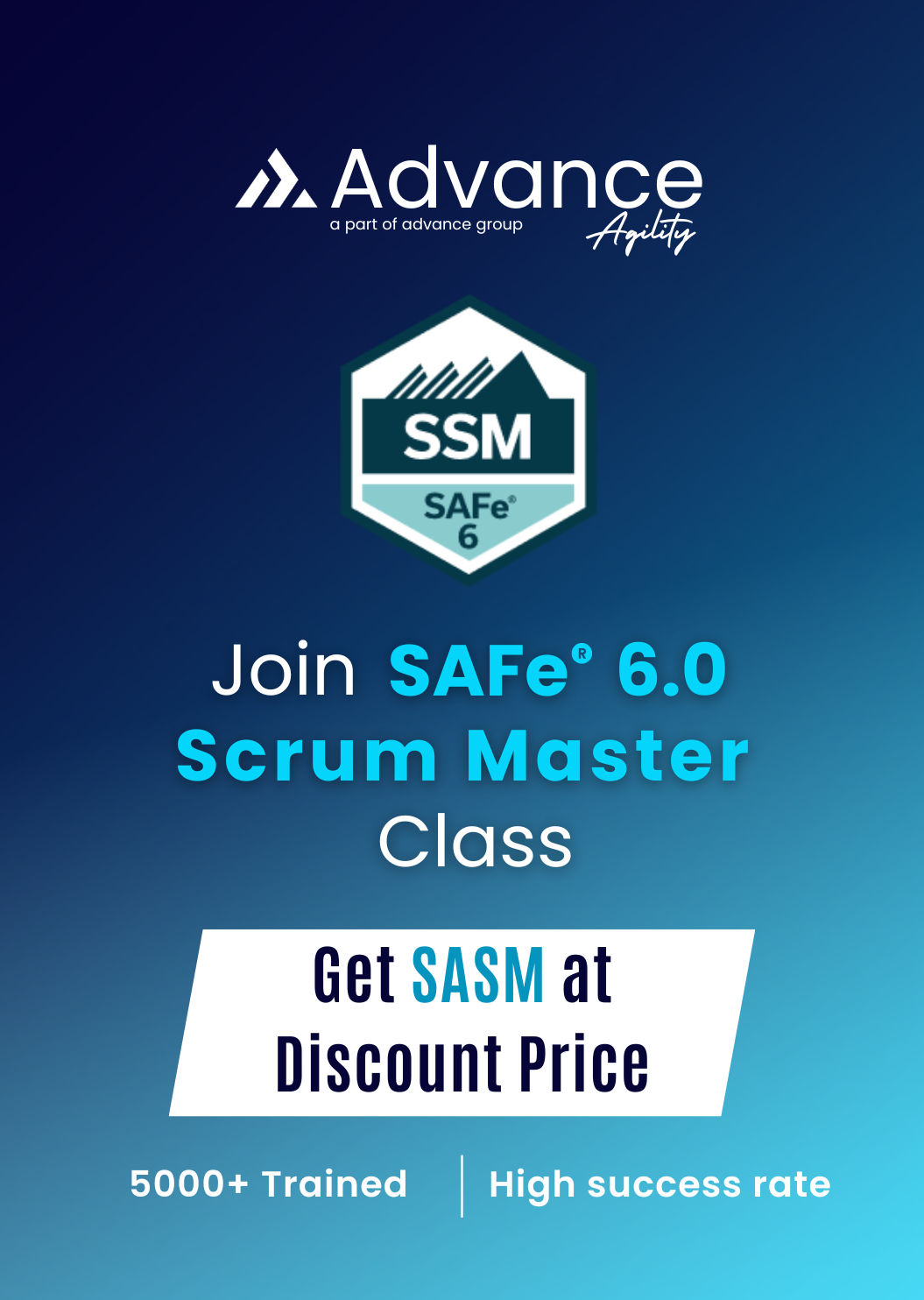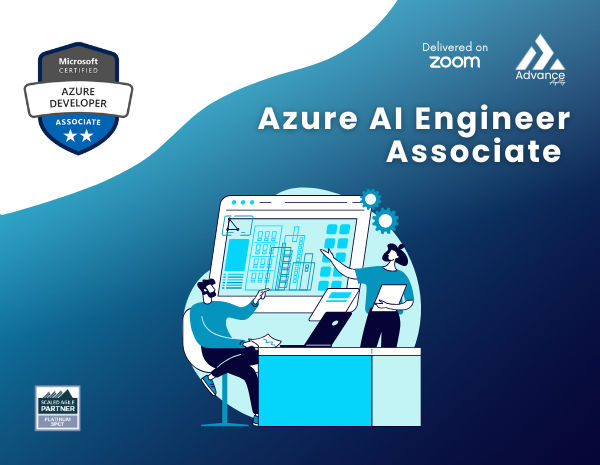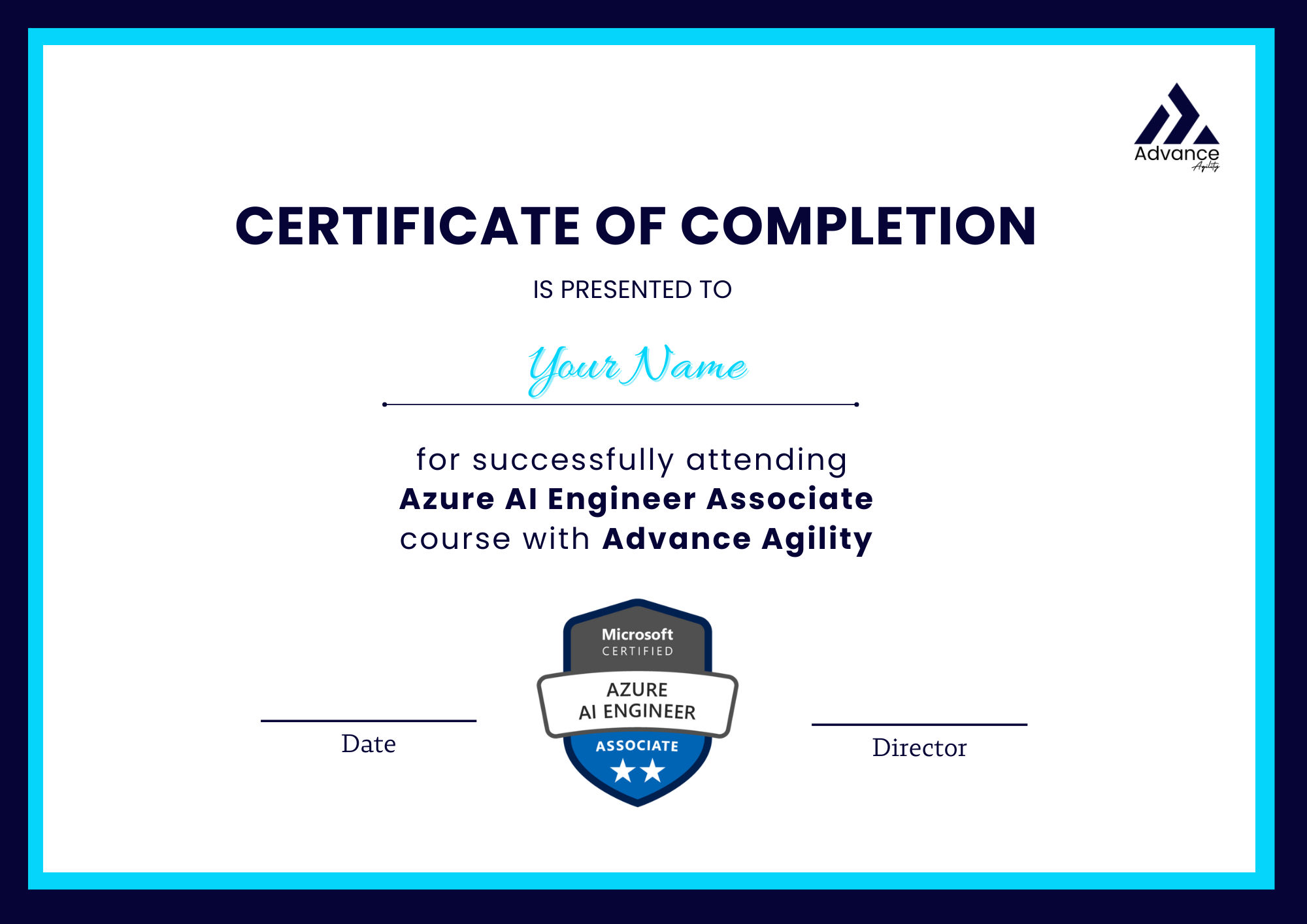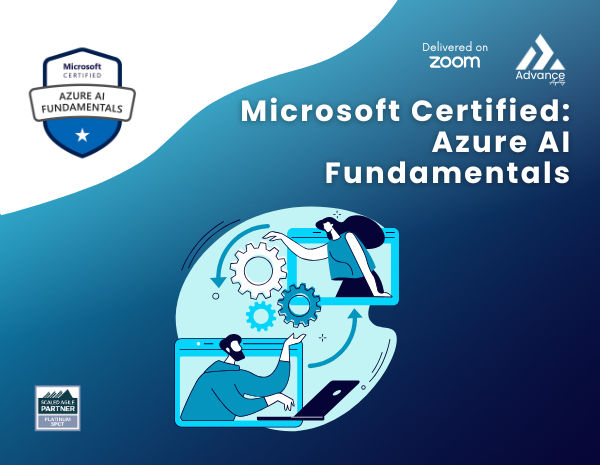• Analyze text with Azure AI Language
• Detect language from text
• Analyze text sentiment
• Extract key phrases, entities, and linked entities
• Create question answering solutions with Azure AI Language
• Understand question answering and how it compares to language understanding
• Create, test, publish, and consume a knowledge base
• Implement multi-turn conversation and active learning
• Create a question answering bot to interact with using natural language
• Build a conversational language understanding model
• Provision Azure resources for Azure AI Language resource
• Define intents, utterances, and entities
• Use patterns to differentiate similar utterances
• Use pre-built entity components
• Train, test, publish, and review an Azure AI Language model
• Create a custom text classification solution
• Understand types of classification projects
• Build a custom text classification project
• Tag data, train, and deploy a model
• Submit classification tasks from your own app
• Custom named entity recognition
• Understand tagging entities in extraction projects
• Understand how to build entity recognition projects
• Translate text with Azure AI Translator service
• Provision a Translator resource
• Understand language detection, translation, and transliteration
• Specify translation options
• Define custom translations
• Create speech-enabled apps with Azure AI services
• Provision an Azure resource for the Azure AI Speech service
• Use the Azure AI Speech to text API to implement speech recognition
• Use the Text to speech API to implement speech synthesis
• Configure audio format and voices
• Use Speech Synthesis Markup Language (SSML)
• Translate speech with the Azure AI Speech service
• Provision Azure resources for speech translation
• Generate text translation from speech
• Synthesize spoken translations

All Courses


 Online
Online












-1733912542.png)






